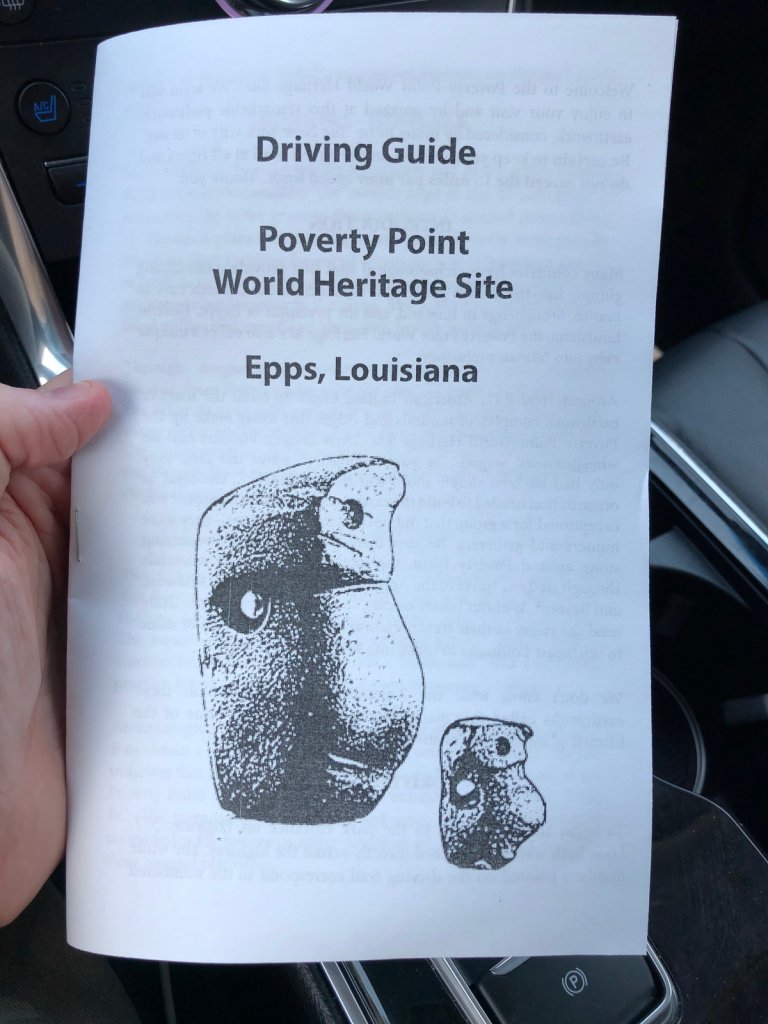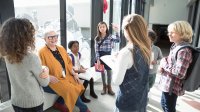Creating a PBL Unit Based on Local History in Elementary School
Here’s a framework for a project-based learning unit that guides upper elementary students to develop a rich understanding of local history.
Your content has been saved!
Go to My Saved Content.Placerville, a small town located in the foothills of California’s Sierra Nevada, has a rich history tied to the state’s Gold Rush. It’s best known for its lawless, vigilante justice system, which resulted in so many hangings that it was known as Hangtown.
This legacy is well-documented, even in the textbooks used in one of the town’s elementary schools. While seemingly distant, it’s not an easy legacy to live alongside. One student succinctly summed up his community’s history by saying, “People got murdered here and that’s it.”
Placerville is just one example of a town whose history seems to cry out for reassessment. It was with this in mind that a fourth-grade teacher and I embarked on creating a project to help students become the historiographers in their community. In doing so, they uncovered rich and forgotten stories that were more inclusive and provided a vibrant retelling of the community’s past. Here are some pointers that were effective for our project and can help facilitate projects of your own.
1. Determine Your Learning Goals
Projects shouldn’t become “one more thing on our plate,” so make sure they incorporate standards that you’re already required to teach. It’s important to determine exactly what standards and skills the project would address. We created activities and instructional sequences that taught and assessed these throughout the project.
We discovered so many curricular connections that the problem was deciding which ones to choose, especially because of all the literacy processes involved. We settled on reading, informational, writing, and California social studies standards for our project. Additionally, having decided that the final product would have an audio component, we decided that communication would be a skill that the project focused on teaching as well.
2. Provide Context to Sustain Inquiry
While you want the majority of the knowledge building in any project to be the result of student-led inquiry, making sure that students have sufficient background knowledge to conduct their own research and learning is critical. We realized that without an understanding of subject-specific vocabulary and basic background information on the Gold Rush, the students would have a hard time with independent research.
While the majority of the project was built around learner-led inquiry, a more traditional teacher-centered sequence occurred at the beginning of the project that incorporated activities from the boxed curriculum (which was a required resource at the school). This proved to be advantageous, since the teacher had expert knowledge that could be shared quickly, banking time for inquiry and research later on. Don’t be afraid to front-load some things so that other processes can be more independent.
3. Survey Communities for Content
History can sometimes be a tricky thing to uncover. Some stories are often hard to find or hard for younger learners to understand. Sometimes, stories have been purposefully suppressed over decades due to racial bias or the negative implications for the community.
While students still did the majority of the research for our project using tools like the internet, text sets, and class textbooks, the teacher supported learner independence through small-group guidance and curating resources such as age-appropriate articles and short films when appropriate. This allowed students to work as independently as possible while providing a mechanism for individual scaffolding.
It’s possible that despite your best efforts, stories that are easy to understand or empathize with won’t easily present themselves. There are two ways you can deal with this:
- Look to the physical manifestations of history in your community (use a website like the Historic Marker Database, The National Register of Historic Places, or the road trip app Autio) to demonstrate the historical situation in a more concrete way.
- Expand your definition of “community” beyond your local context. Community may mean your region, your county, or a part of your state/province.
4. Consult Outside Experts
Finding opportunities to bring in outside experts from the community is key to a project focused on community stories. Every community, no matter how small or remote, has expertise in the form of community members who can make a tremendous difference in providing more nuance for your students. Not only can they help turn you on to resources and narratives that you otherwise would have missed, but also they can be a great conduit for students to connect classroom learning with what goes on outside of it.
You can find experts at historical societies, local museums, or the reference desk at your local library, or even among senior members of the community. In addition to being a source of information, they can serve as your project’s audience and help assess student work. In our project, staff from a nearby state park answered questions for the students and provided additional readings from the park’s historical archive.
5. Create Something Public
Playing the role of historiographer means little if students aren’t sharing their knowledge with the community. There are lots of ways that learning can be shared publicly, but what is best for your students? A website? A series of podcasts? A printable map and brochure? Regardless of their age, students can produce work that is professional and fills a need.

As somebody who regularly works with museums and historic sites, I can assure you that some of the resources created (even by UNESCO World Heritage sites) to share history and stories would really benefit from the innovative ways that students design.
Examining Local History Expands Community Knowledge
Following the process described above, students were able to reveal some truly remarkable things that expanded the narrative of their community beyond “People got murdered here.” They uncovered the creative and artistic history of their town as home to painter Thomas Kinkade, writer Mark Twain, poet Edwin Markham, and rock guitarist Larry LaLonde. Students found the innovative side of their community as the birthplace of the Studebaker automobile company and as a stop for the Pony Express.
Students also discovered hidden diversity and Black excellence with the story of Nelson Ray, a freedman who became a successful miner and rented several properties at a time when segregation was the norm. But they also didn’t shy away from the more difficult parts of their community history, such as its role in the El Dorado Indian War.
Their collected stories were published and linked into a Google Maps walking tour that they shared with their local historical society so that visitors to their town could access it via QR code—a real-world application of their newfound knowledge that ultimately benefited the community beyond the end of the unit.
